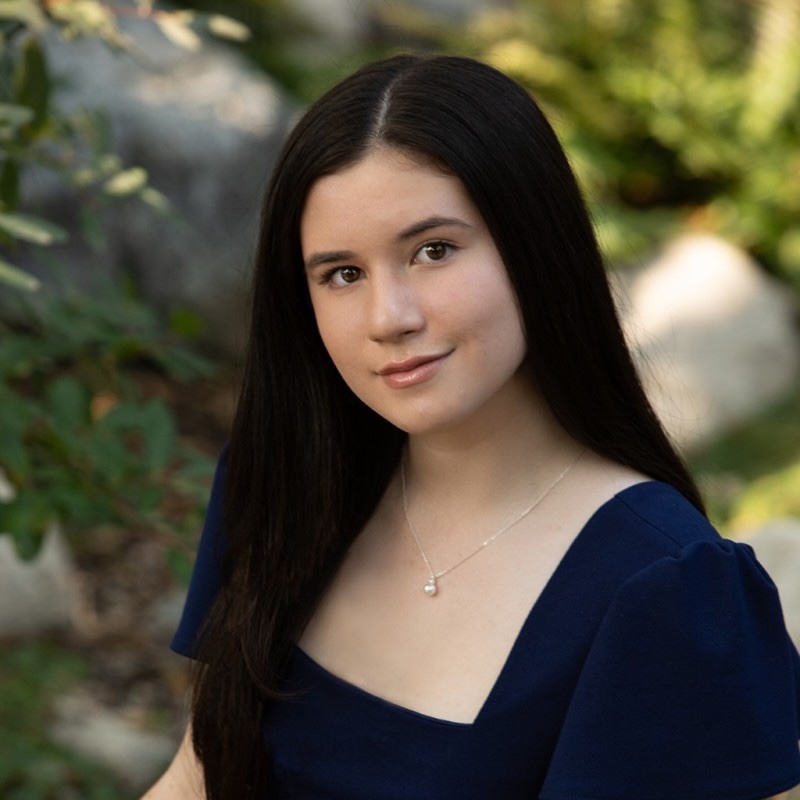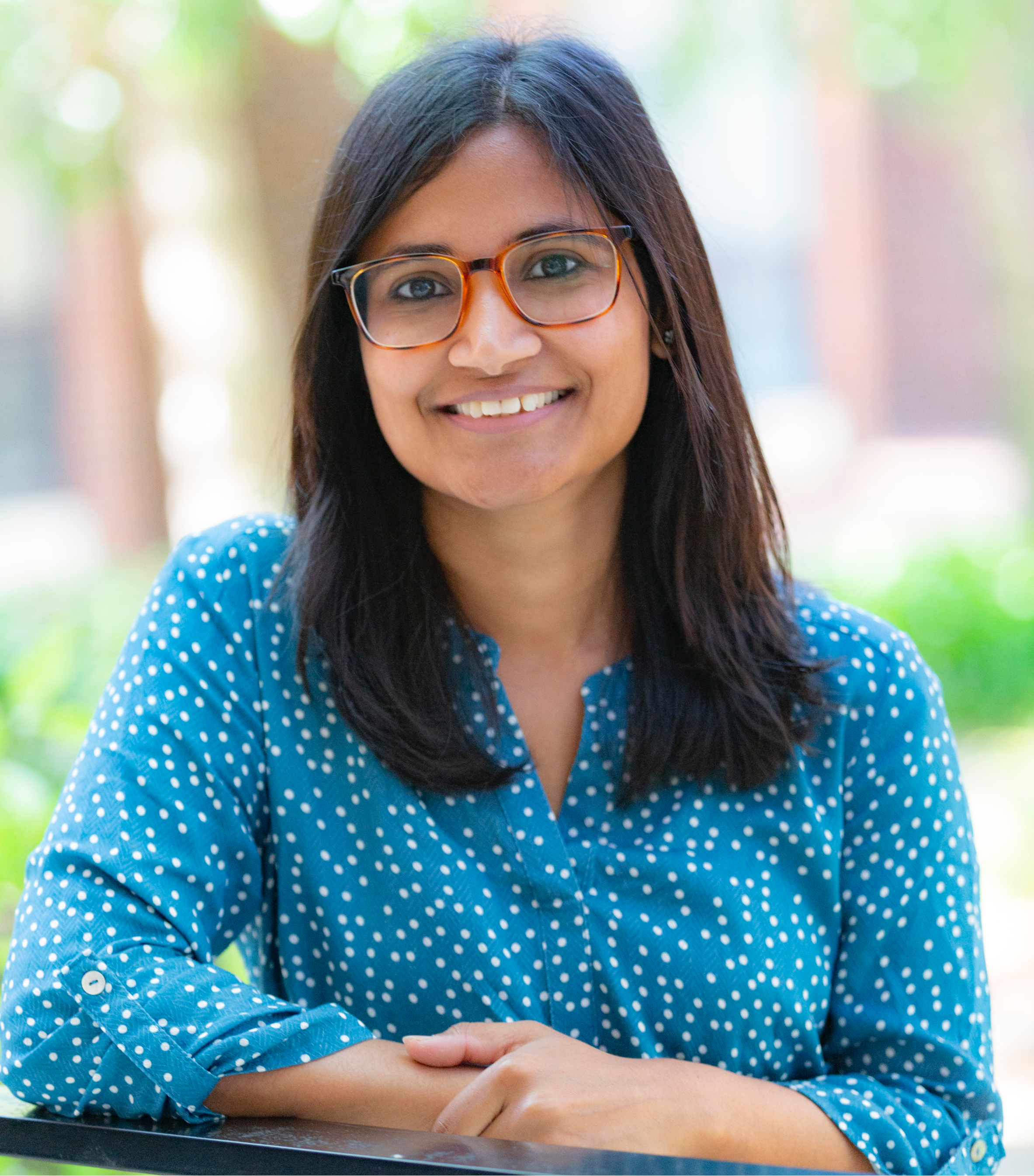Nine New Courses Offered This Semester
By Tom PorterThe following is a complete list of new Bowdoin classes as they are described in the course catalog, plus comment from the faculty teaching the course.
(NOTE: Some courses are labeled ESD or VPA. These refer to Exploring Social Differences and Visual and Performing Arts, which are two of the five distribution requirements mandated by the College. More details here.)
Anthropology 2250 – ESD. The Anthropology of Media.
Examines the social and political life of media and how it makes a difference in the daily lives of people as a practice–in production, reception, and/or circulation. Introduces some key concepts in social theory which have been critical to the study of the media across disciplines, ranging historically, geographically, and methodologically; investigates the role of media in constituting and contesting national identities, forging alternative political visions, transforming religious practice, and in creating subcultures; examines diverse source materials such as early experiments in documentary film to the Internet, from news reporting to advertising.
April Strickland, Visiting Professor of Anthropology.
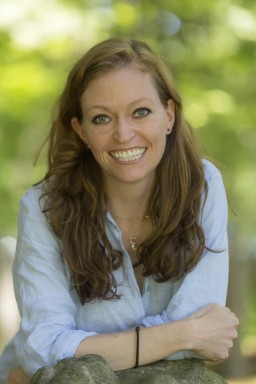
What excites you about this course?
“I’m excited about this course because students have the opportunity to critically investigate a variety of media and circulation practices from an anthropological perspective. These include the role of media in constituting and contesting national identities, in forging alternative political visions, in transforming religious practice, and in creating subcultures. The types of media forms we will examine range from commercially driven movie-making to small-scale video production, from early experiments in documentary film to the Internet, and from news reporting to advertising. We will read about media practices in diverse parts of the world, from New Zealand to Thailand, from India to Iran.”
What do you hope the students will get out of it?
“It is my hope that students will increase their critical understanding of mass media: that the media are produced differently according to specific social, cultural, political, economic, and historical conditions. Media technologies are not outside of culture, society, and history. Media forms are also interpreted according to local contexts. Social categories such as class, race, gender, and ethnicity shape media reception. Additionally, I want students to develop a more complex, critical, and nuanced understanding of this monolithic category, “The Media,” and to interrogate and recognize the assumptions about media production and consumption that dominate contemporary discussions in the popular press and broadcast media.”
Art History 3130 – VPA. Bosch
Enrollment restriction: No first-year students. Seminar. Examines the works of the famously idiosyncratic Netherlandish painter, Jheronimus Bosch (c. 1450-1516), investigating their artistic methods and cultural context. Also considers their reception by contemporary and subsequent generations of artists, scholars, and viewers.
Stephen Perkinson, Peter M. Small Associate Professor of Art History
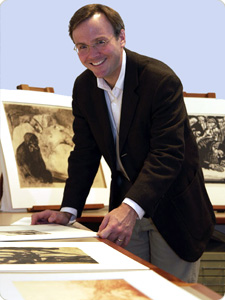
What excites you about this course?
Bosch is a fascinating – and really bizarre – artist who worked in the Netherlands around the year 1500; he died exactly 500 years ago this year, and I’m running this seminar in part for that reason (that anniversary has generated a bunch of new scholarship that we’ll be exploring – a great chance for me to simply work through some of that as well). His paintings were enigmatic to many of his contemporaries, and have proven difficult for scholars to interpret – they simply don’t quite fit easily into any of the categories we’ve developed for understanding the themes and motivations of art-making in that time period. And yet he was extremely successful in his day, and he spawned nearly a century’s worth of imitators who riffed on his imagery in all sorts of interesting ways. So he clearly was tapping into something.
But what was his appeal? And what was he like? Was he some sort of religious heretic, as some 20th-century scholars (rather improbably) claimed? Or was he something similar to others of his day – a stodgy moralist? A studious Humanist? A cunning satirist? A shrewd capitalist? Or was he, as one 16th-century source claimed, like someone who had “seen ghosts” – in other words, a wild-eyed lunatic? Working through these questions and possibilities should be really entertaining – however you understand his work, these are paintings that students always find really fun and intriguing!
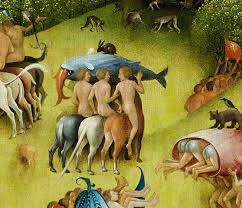
What do you hope the students will get out of it?
Well, on one hand of course I hope those of us in the seminar will arrive at a better sense of who Bosch was, what he meant to his original audience, and why his work resonated within his culture for generations – in that way, we’ll come to know something substantive about the past. But I also want us to emerge with a clearer understanding of how Art Historians investigate their material – Bosch, who has prompted such diverse scholarship, is an ideal test case to explore the various approaches one can take to analyzing artworks. In that way, I hope we’ll all come to a sense of our own role in that analytical process – that we’ll have an awareness of what we’re looking for, and what in our own culture might make us want to go looking for certain types of answers. In short, I hope we’ll learn something of value about the past, but also about what the past means to us today.
Computer Science 2330. Introduction to Systems
A broad introduction to how modern computer systems execute programs, store information, and communicate.  Examines the hardware and software components required to go from a program expressed in a high-level programming language like C to the computer actually running the program. Topics include concepts of program compilation and assembly, machine code, data representation and computer arithmetic, basic microarchitecture, the memory hierarchy, processes, and system-level I/O. Regular, programming-intensive projects provide hands-on experience with the key components of computer systems.
Examines the hardware and software components required to go from a program expressed in a high-level programming language like C to the computer actually running the program. Topics include concepts of program compilation and assembly, machine code, data representation and computer arithmetic, basic microarchitecture, the memory hierarchy, processes, and system-level I/O. Regular, programming-intensive projects provide hands-on experience with the key components of computer systems.
Sean K. Barker, Visiting Assistant Professor, Computer Science
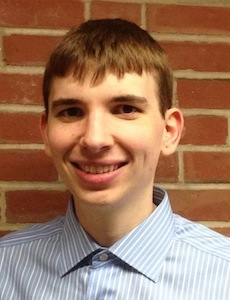
What excites you about this course?
This new course is an exciting opportunity for students to go ‘under the hood’ of how a computer actually runs a program, and understand the various underlying components that work together to provide a complete system.
What do you hope the students will get out of it?
Through this course, students will gain hands-on experience and valuable insights into the low-level operation of computer systems, which will enable them to be more effective system designers and programmers. These skills will serve students well in future courses and beyond in their professional careers.
Economics 3534. Behavioral Finance
Seminar. An extensive literature from psychology documents that decision-makers do not behave fully rationally. Behavioral economic theories that incorporate these insights have revolutionized the study of finance. Explores the implications of behavioral deviations from the standard model for financial markets and financial decision-making, including nonstandard preferences, nonstandard beliefs, and heuristics and biases. Emphasizes recent empirical research in the field. Topics may include: noise traders, news models of bubbles, predictability, the disposition effect, status-quo bias, investor inattention, overconfidence, managerial traits, learning from experience effects.
Matthew Botsch, Assistant Professor of Economics

What excites you about this course?
This is a course that I’ve always wanted to teach. “Behavioral” economics is about importing evidence from the field of psychology, looking at how people actually behave and studying the implications for economic decision-making: in this case, for financial markets. The evidence is overwhelming that the standard microeconomic assumptions (time-consistent, forward-looking expected utility maximization) don’t provide an adequate description of real-world human behavior. The consequences of more realistic assumptions — that people procrastinate, that people are overconfident about their own abilities, that people rely on heuristics such as overweighting recent experiences when forming expectations — are really important in the context of financial decision-making. The insights from psychologically-informed models help us understand lots of “big” puzzles, including why people don’t save enough for retirement, how households make mistakes when buying and selling houses, and why most mergers between companies destroy rather than create value.
What do you hope the students will get out of it?
The class is listed as a senior seminar, so I want this to be a capstone experience for the students. This is a class where we get to move to the frontier of a relatively young, rapidly evolving field. Lots of the papers that we will be reading haven’t been published yet, so there is a lot of space to read these critically. I hope this is a class that rekindles the excitement students felt when they took their first introductory economics class, where they feel like they are seeing the world with a fresh set of eyes again.
English 3027. Charles Dickens
Advanced seminar. An in-depth study of a few of Dickens’s major novels within the context of Victorian literature culture. Focus includes the work’s narrative structure and engagement with realist form, representations of nineteenth-century urban life, and their treatment of gender and class. Also examines Dickens’s position within current literary criticism.
Aviva Briefel, Professor of English and Cinema Studies
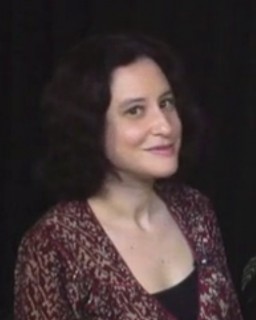
What excites you about this course?
I’m excited to teach a class that focuses solely on Dickens, the author that often comes to people’s minds when they think of Victorian literature. In addition to reading a number of fantastic novels in a seminar context, I’m looking forward to examining how his narratives allow for the opportunity to think about various important aspects of Victorian culture, including class structure, urban life, and gender identity.
What do you hope the students will get out of it?
Students will be exposed to wonderful works from different periods of Dickens’s career, and to think about what it means to immerse themselves in very long novels.

I hope to help them develop strategies for thinking about literary realism as a genre, including narrative form, the interplay of minor and major characters, and description. I also think students will get a lot from the experience of thinking about these narratives in a communal setting, as the collectivity of reading experience was central to Victorian culture.
Gender and Women’s Studies 2035 – ESD.Transgender Latina Immigration: Politics of Belonging and Labor in the United States
What happens to feminist theory and practice when we center the lives of transgender Latina immigrants in the U.S.? How does this academic practice shape the way we analyze the power of immigration policy, biological determinism, and nativism in our lives? Drawing from transgender studies, women of color feminisms, and sociology of labor migration, this course will use an interdisciplinary approach to critically examine the lives of transgender Latina immigrants in the U.S. Explores social difference along the lines of class, race, gender identity, and immigration status illuminating the various ways in which social and material borders have been constructed around gender and geographical terrains. Focuses on the current social conditions of Transgender Latinas in the U.S. and allow us to see the implications of socially constructed categories of gender and citizenship in the U.S.
Karla Padrón, CFD Postdoctoral Fellow in Gender and Women’s Studies

What excites you about this course?
My excitement about this course is twofold. First, I am thrilled at having the opportunity to teach a course based on the research that I have conducted during the last eight years. I have developed strong working relationships with many members of the transgender Latina community and it is an honor to bring transgender Latina voices to the academic setting. Being a bridge is how I think about this aspect of my research and teaching interests. Second, what I find most exciting about teaching this course is the timing. We are currently witnessing a small but powerful amount of transgender women of color speaking out against transphobia/racism/anti-immigrant sentiment. The work that Laverne Cox, Bamby Salcedo, and Jennicet Gutierrez are doing to create visibility and justice in the lives of trans women of color/immigrants is inspiring.
What do you hope the students will get out of it?
The students, I think, will be able to create an analysis of the ways in which difference is legally, socially, and medically constructed for transgender Latina immigrants. They will see the material consequences of these constructions. They will also learn about some of the ways in which transgender Latina immigrants contest and/or comply with these social constructions. The beauty of teaching this course at a time when Latin@ migration and transgender identity are so heavily discussed in public discourse is that students will be able to not only see the theoretical implications of gender autonomy but also the possibilities of its application in everyday life in the U.S. today.
Psychology 3052. Pschycopharmacology, Neuroscience, and Addiction
Introduction to psychopharmacology of recreationally abused drugs and their effects on the brain and behavior in human and non-human species. Natural and man-made substances including alcohol, nicotine, caffeine, opioids, stimulants, cannabinoids, hallucinogens, steroids, sedatives, and inhalants will be discussed. This seminar will cover basic structure and function of the nervous system, drug classification, basic principles of pharmacology, neurochemistry, structural and functional neuroimaging, neuropsychological assessment, pharmacogenomics, as well as the history and epidemiology of specific drugs of abuse and pharmacological and non-pharmacological interventions to limit use.
Brian J. Piper, Visiting Professor of Psychology and Neuroscience

What excites you about this course?
I am very excited about the opportunity to explore how the brain works, how different misused and abused recreational drugs act on the brain, and evidence-based interventions for alcoholism and drug-addiction.
What do you hope the students will get out of it?
Students will build upon their foundation in neuroscience and psychology, refine their skills at critically evaluating primary sources in the biomedical sciences, improve their public speaking skills, and enhance their written communication abilities.
Visual Arts 2002 – VPA. The Living Print
Prints, though often associated with traditional or ancient techniques, are a contemporary, innovative and ‘living’ art form. Silkscreen printing, woodcut, installation and text-based printmaking projects provide a post-digital technical and aesthetic framework for exploring visual communication elements and concepts in contemporary printmaking. Studio projects are supported by critical discussions, readings, lectures, museum visits, and field research about historic fine art prints, political zines and posters, artists’ books and installations.
Carrie Scanga, Associate Professor of Art

What excites you about this course?
Printmaking as an artistic medium has always been about making and learning through technology. Artists working in print consider not only what is to be communicated through an art object but also the technical means of its production. Social media and digital interfaces are changing how we take in information. This course is a chance to study the “how” of information communication through artistic practice and problem solving.
What do you hope the students will get out of it?

The answer to this question is threefold.
1. I think it’s exciting to tackle assumptions about the definition of a book, a print, and a gallery space. In other Bowdoin printmaking courses we cover traditional printmaking and bookmaking. The Living Print will examine ink, paper, book, machine, and maker, all aspects of print communication that are familiar. Don’t be surprised to wake up and find that The Living Print students have silkscreened all of the napkins in the dining hall some morning as an art intervention.
2. Digital design and fabrication will be used in tandem with hand engraving and hand printing.
3. These students are going to have some memorable collaborative experiences with visiting professional artists and poets that I’ve invited to join us throughout the semester.
Visual Arts 2403. Documentary Photography
Sustained photographic exploration of situations that appear unfamiliar or foreign to the student’s experience. A consideration of connections between the different moments encountered and described by the camera are stressed and followed with written and further visual articulation of discoveries made from these insights. Narrative strategies, viewer expectations, and the role of the image in the dissemination of knowledge are central concerns of critiques, discussions, and readings. Photographic prints to be produced only through the exposure of black-and-white film and traditional darkroom techniques. Final project consists of a book, exhibit, or publishable article employing both text and photographs. Course has corequisite of Writing Through Photography (English 2856), and students must enroll in both courses.
Michael Kolster, Associate Professor of Art
What excites you about this course?
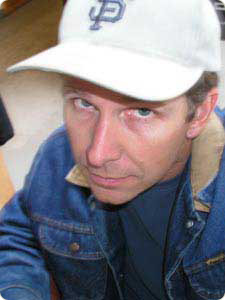
I am particularly excited that our two classes, corequisites sharing the same roster of students, will simultaneously involve students in the production of creative work in two different, complementary modes: writing and photography.
What do you hope the students will get out of it?
We are asking students to write pieces of non-fiction and create photo essays on a range of topics, including profiles of community members and studies of places in and around Brunswick, as well as to develop a long-term final project of writing and photography based on their own interests and desires. The experience should be transformative as they extend themselves beyond the campus to develop relationships with and describe concerns of the people and places beyond Bowdoin.
